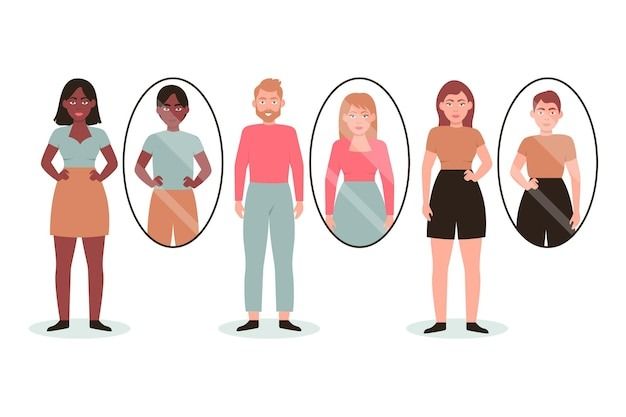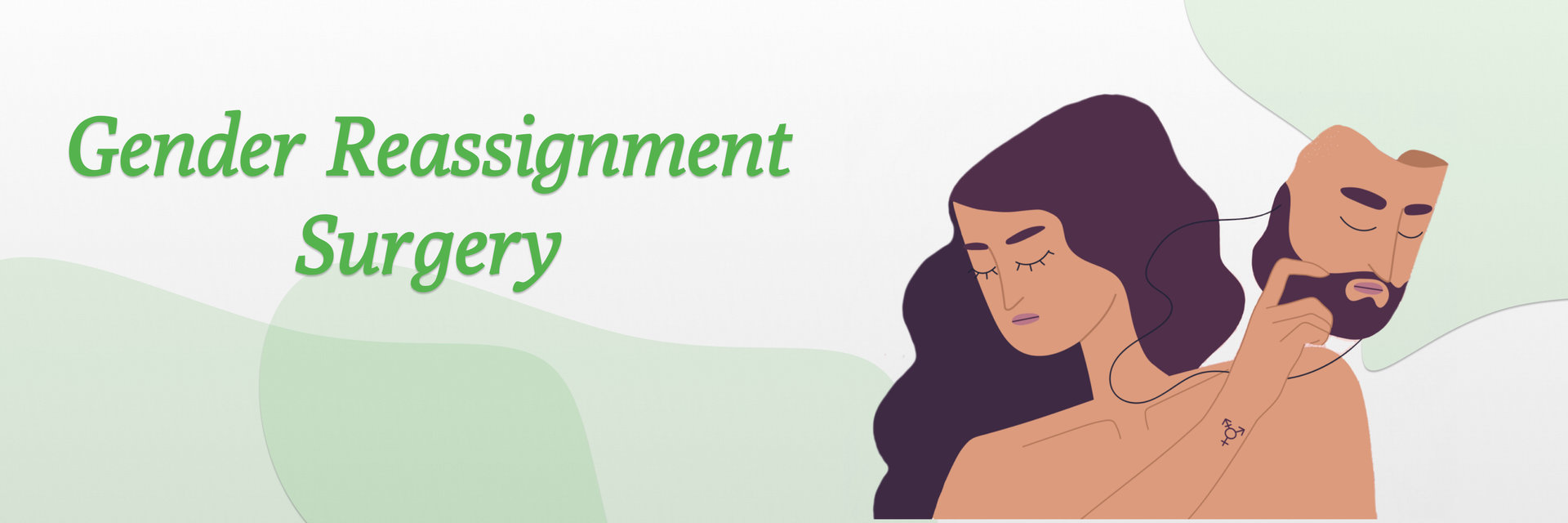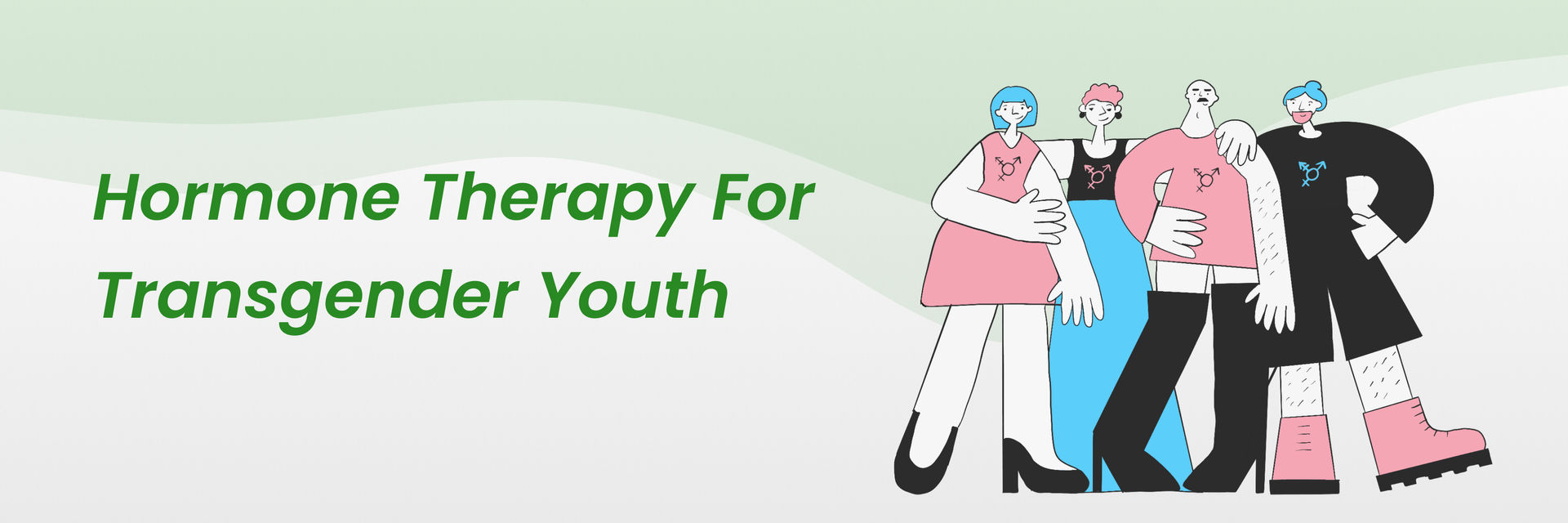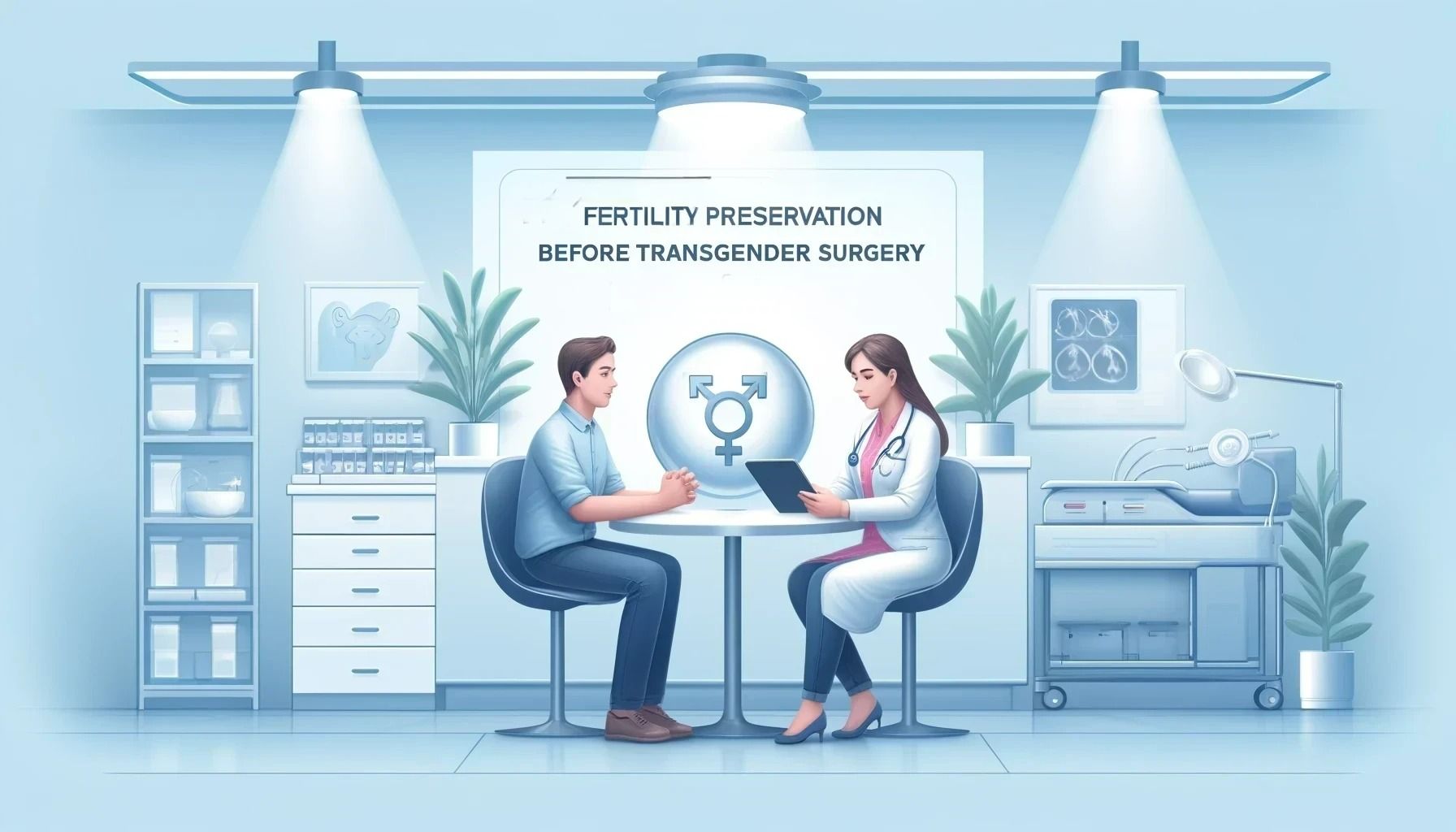Overview
Are you tired of feeling uncomfortable in your own body? Non-flat top surgery may be the answer you've been looking for!
Non-flat top surgery is a new approach to gender-affirming chest surgery. There has been an increasing demand for techniques that allow for more customization and natural-looking results. Non-flat top surgery is becoming more recognized and offered as an option by some experienced gender-affirming surgeons. But, it's still not as commonly performed as traditional "flat top" chest surgery.
Dr. Vinod Vij, a leading plastic surgeon in Mumbai, states, "Non-flat top surgery refers to procedures that aim to create natural and aesthetically pleasing contours during chest reconstruction for transgender individuals. Unlike traditional mastectomy techniques that may leave a flat chest appearance, non-flat top surgery focuses on sculpting the chest to emulate a more masculine appearance. This approach carefully considers chest anatomy, nipple placement, and tissue distribution to achieve a chest appearance that aligns with the patient's gender identity. It emphasizes individualized care and surgical techniques to enhance patient satisfaction and improve aesthetic outcomes."
Non-flat top surgery is a type of FTM top surgery performed for transgender men or non-binary people who want a masculine appearance. It is in high demand because, during this surgery, patients can get customized results.
Considering non-flat top surgery? Consult with a skilled plastic surgeon specializing in gender-affirming procedures to explore your options for achieving a personalized and natural-looking chest contour that aligns with your identity.

Take charge of your health and your life. Contact us today!
Can a safe and effective non-flat top surgery possibly work?
Is nonflat top surgery a safe and effective option? Let's find out in this in-depth analysis…

Yes, non-flat top surgery is possible. It can be an effective way to achieve a more natural-looking chest as you wish to have. It is for transgender individuals undergoing gender-affirming surgery. This is a safe surgery with a desired chest look.
The safety and effectiveness of non-flat top surgery depend on several factors
- individual's anatomy,
- the surgical technique used, and
- skill and experience of the surgeon.
Studies have shown that experienced surgeons can safely and effectively perform non-flat top surgery.
As with every surgery, there are complications with this surgery also. These may include bleeding, infection, scarring, asymmetry, and loss of nipple sensation. But, with proper pre-operative planning and careful surgical technique, these risks can be minimized.
The effectiveness of non-flat top surgery depends on the
- amount of breast tissue that needs to be removed,
- the elasticity of the skin and
- individual's healing process.
Individuals with smaller breasts and good skin elasticity may have a better chance of achieving a natural-looking chest contour with non-flat top surgery.
The surgeon will assess the individual's anatomy and recommend the most appropriate surgical technique for achieving the desired results. It is also important to consider the risks and benefits of surgery and have realistic expectations about the outcome.
Don't settle for a flat chest if it's not what you want. Non-flat top surgery offers a customized approach to achieving the chest appearance you desire.
How Does Non-Flat Top Surgery Work?

The most common techniques used in non-flat top surgery are:
1. Double Incision: This technique involves making a horizontal incision across the chest and removing breast tissue through that incision. The nipple and areola are then repositioned to create a more natural-looking appearance.
2. Keyhole: This technique involves making small incisions in the chest and removing excess breast tissue through those incisions. This technique is used for individuals with smaller breasts and a limited amount of excess tissue.
3. Peri-Areolar: This technique involves making an incision around the edge of the areola and removing breast tissue through that incision. This technique is used for individuals with slightly larger breasts and a moderate amount of excess tissue.
After the breast tissue is removed, the surgeon will contour the remaining tissue to create a more masculine chest appearance. This may involve reshaping the chest tissue and repositioning the nipples to create a more natural-looking contour. The surgeon may also use liposuction to remove excess fat and create a more defined chest appearance.
Benefits/risks of non-flat top surgery
Let's dive into the world of non flat top surgery and explore its benefits, and risks.
| Benefits of non-flat top surgery | Risks of non-flat top surgery |
|
|
|
|
|
|
|
|
It is important to discuss the risks and benefits of non-flat top surgery with a qualified and experienced surgeon. To consider the potential outcomes before deciding to undergo the procedure.
Eligibility for Non-Flat Top Surgery
The eligibility criteria for non-flat top surgery may vary slightly depending on the surgeon or healthcare provider.
But, in general, the following are some common eligibility criteria for the procedure:
- Age: Most surgeons will suggest that individuals at least 18 years old undergo non-flat top surgery.
- Gender identity: The surgery is performed on transgender men and non-binary individuals who are seeking to masculinize their chest.
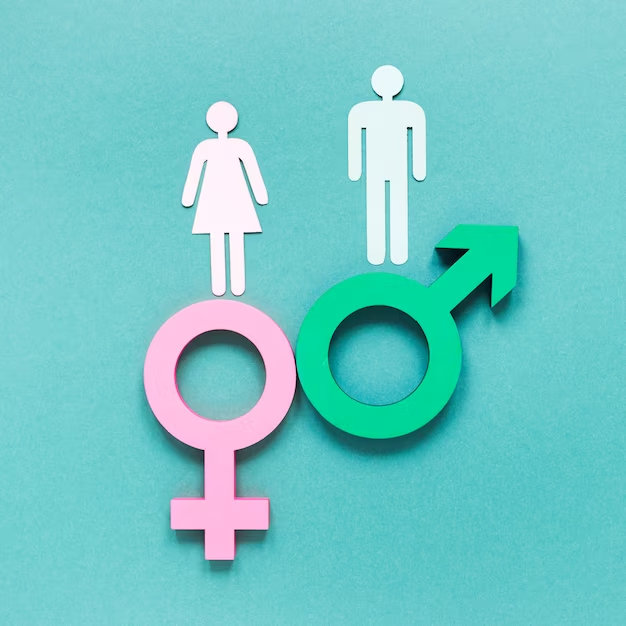
- Hormone therapy: Some surgeons suggest having undergone hormone therapy for a certain period. Before surgery, ensure that the chest tissue responds to the hormones.
- Psychological evaluation: Some surgeons may suggest that patients undergo a psychological evaluation to ensure that they are mentally and emotionally prepared for the procedure.
- Overall health: Individuals should be in good overall health and free of any medical conditions that may increase the risk of complications during or after surgery.
- Realistic expectations: Individuals should have realistic expectations about the outcome of the surgery and the recovery process.
How do you prepare for non-flat top surgery?
Made up your mind to have non flat top surgery?
Here are the other things you should know about.
Consultation

- Schedule a consultation with a qualified surgeon to discuss the surgery.
Medical Evaluation

- Before surgery, you may be required to undergo a medical evaluation and some tests such as blood tests, ECG, and chest X-rays.
Hormone Therapy

- If you are undergoing hormone therapy, you may be required to continue hormone therapy before and after the surgery.
Pre- operative instructions

The surgeon will provide specific pre-operative instructions. Those will be for diet, exercise, and medications.
Avoid smoking
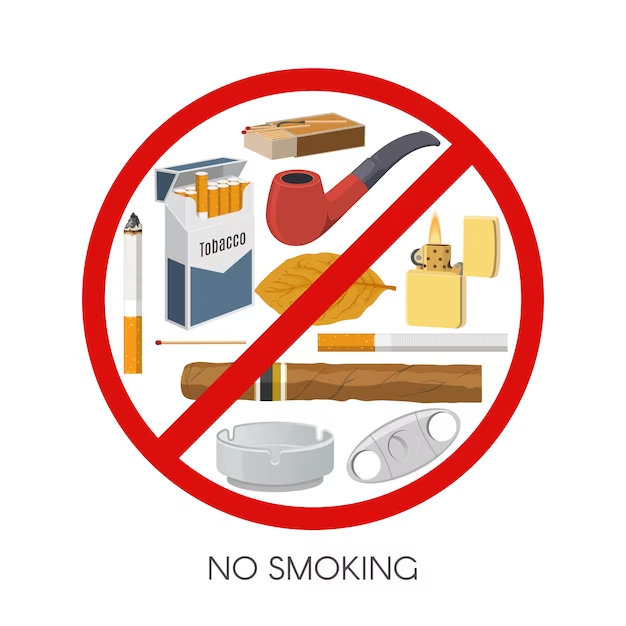
If you smoke, you may be asked to stop smoking for a certain period before and after the surgery.
Support System

- It is important to have a support system in place before and after the surgery. Such as family and friends who can provide emotional support and help with daily activities during the recovery period.
Follow the surgeon’s instructions

- Follow the surgeon's instructions closely to ensure a safe and successful procedure, and ask any questions or voice any concerns you may have.
Procedure of non-flat top surgery
Are you wondering how non flat top surgery works? Let's take a closer look at the procedure and its results.
Non-flat top surgery, also known as chest masculinization surgery. It is a procedure to create a more masculine chest appearance by removing breast tissue and excess skin. Here is a more detailed explanation of the procedure:
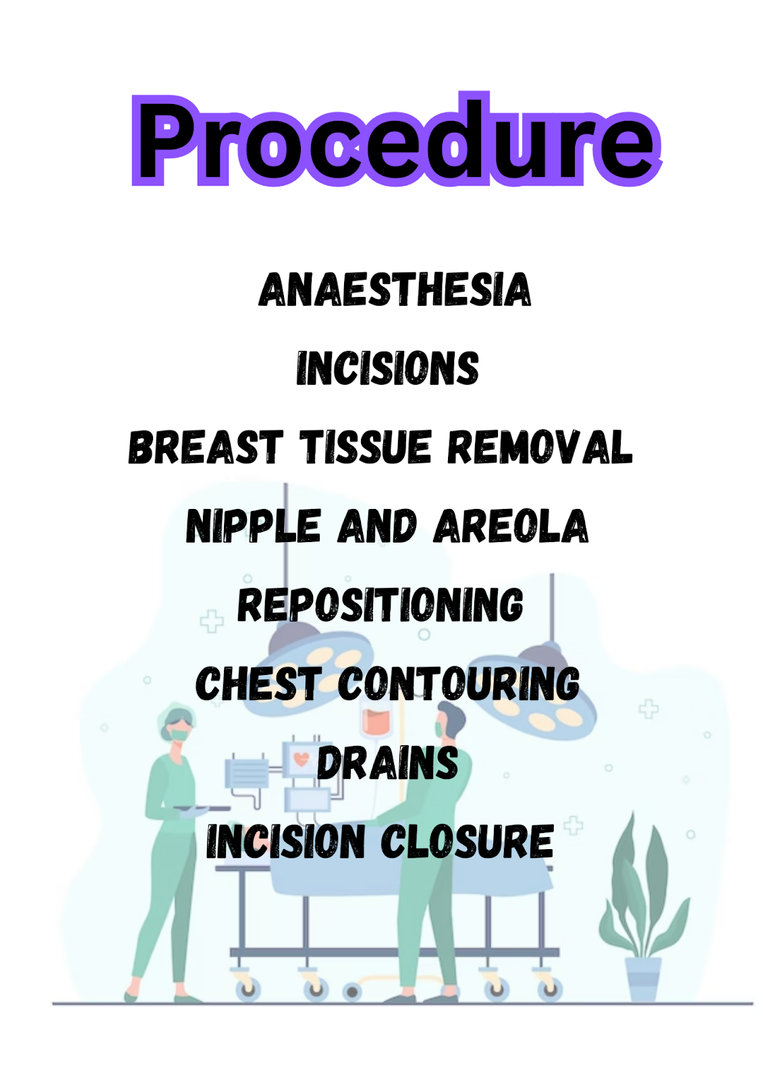
Anaesthesia
- The individual is given general anaesthesia. To ensure that they are comfortable and pain-free during the procedure.
Incisions
- The surgeon makes incisions on the chest to access the breast tissue. The incisions may be made around the nipples or under the breast fold, depending on the individual's anatomy.
Breast tissue removal
The surgeon removes breast tissue and excess skin to create a flatter chest. The amount of tissue and skin removed will depend on the individual's goals and anatomy.
Nipple and areola repositioning
- The surgeon may reposition or resize the nipples and areolas to create a more natural and masculine appearance.
Chest contouring
The remaining chest tissue is reduced to create a more masculine appearance. The surgeon may use liposuction to remove excess fat and sculpt the chest muscles to create a more defined look.
Drains
- The surgeon may place drains to remove excess fluids from the surgical area.
Incision closure
The incisions are closed with sutures or surgical tape.
The duration of the procedure may vary depending on the extent of the surgery, but it takes around 2-4 hours to complete. After the surgery, the individual may experience some pain and discomfort, which can be managed with pain medication. The hospital stay for non-flat top surgery is usually 1-2 days, although this may vary depending on the individual's recovery progress. Following the surgeon's post-operative instructions is important to ensure a safe and successful recovery.
What to expect after non-flat top surgery?
Sure for the surgery, you will get to see the following changes!!
After non-flat top surgery, the individual can expect discomfort and swelling in the chest area. Following the surgeon's post-operative guidelines is important to ensure a safe and successful recovery.
Here are some general guidelines and potential side effects to expect:
- Dressings and drains: The surgeon will place dressings over the incision sites and may also place drains to remove excess fluid from the surgical area. These will be removed during a follow-up appointment.
- Pain management: Pain medication will be prescribed to manage discomfort during recovery.
- Rest and limited activity: It is important to rest for the first few days after surgery and limit physical activity for several weeks to allow for proper healing.
- Compression garments: The individual may be required to wear a compression garment to help reduce swelling and support the chest area during the recovery period.
- Follow-up appointments: The surgeon will schedule follow-up appointments to track the individual's progress.
- Potential side effects: Patients can have some side effects. These include- pain, swelling, bruising, numbness, and changes in nipple sensation. These side effects are usually temporary and will resolve over time.
To ensure a safe and successful recovery, it is important to follow all post-operative instructions provided by the surgeon. This may include avoiding certain activities, taking medications as prescribed, and attending follow-up appointments. The individual should also immediately report any unusual symptoms or concerns to their surgeon.
Your well-being is our priority - call us to book your appointment today
Non Flat Top Surgery results
Non-flat top surgery refers to a surgical procedure to create a more natural-looking contour of the chest for individuals assigned to females at birth (AFAB) or intersex individuals with larger breast tissue. The results of this surgery can vary depending on the individual's body and the specific technique used by the surgeon.
It is found that individuals with top surgery feel more confident and have higher self-esteem. The results are positive, with your desired look.
Improvements in the appearance of the chest can be seen immediately after the surgery, but there may also be swelling and bruising that can take several weeks or months to subside. The final result can take up to a year to be fully visible.
The duration of the results of non-flat top surgery depends on various factors, including the individual's age, skin elasticity, and overall health. In general, the results are long-lasting, but some natural ageing of the chest tissue may occur over time. However, the results are considered permanent, and the chest contour achieved through this surgery can provide significant relief for individuals experiencing gender dysphoria or discomfort with their chest appearance.
Success Rate of nonflat top surgery
You will be amazed seeing the high success rates.
The success rate of top surgeries, including non-flat top, no-nip top, and other surgeries, is high. According to a study published in the journal Plastic and Reconstructive Surgery, the satisfaction rate for chest masculinization surgery was reported to be high. 98% of individuals report a positive outcome.
Another study was published in the Journal of Sexual Medicine report. The majority of individuals who underwent the surgery experienced improved quality of life, psychological well-being, and body image.
It is important to note that the success of the surgery also depends on-
proper preoperative evaluation, surgical planning, and post-operative care.
What Is The Cost of non flat top surgery? Does insurance cover it?
Curious about the cost of nonflat top surgery? We'll break down the expenses and explore insurance coverage options
The cost of non-flat top surgery, also known as chest reconstruction surgery, can vary depending on various factors, such as the surgeon's experience, location, and the extent of the procedure. It can range from $6,000 to $15,000 or more.
Insurance companies may cover this surgery. It depends on the specific insurance policy and the individual case. Some insurance policies may cover the cost of chest reconstruction surgery. Yet, some policies may not cover the procedure or may have certain limitations and requirements. Check with your insurance provider and your surgeon to understand what costs are covered and what requirements need to be met for insurance coverage.
If insurance does not cover the cost of non-flat top surgery, there may be other options for financial help. Some surgeons may offer payment plans or financing options. Also, some organisations provide financial support for gender-affirming surgeries. It's recommended to research and discuss with your surgeon and healthcare provider for more information on these options.
Have some more questions related to non flat top surgery?
Then do not miss reading the below FAQs.
You might get an answer to your question!
FAQs

Q: Is non-flat top surgery reversible?
A: Non-flat top surgery, or chest reconstruction surgery, is a permanent procedure that cannot be reversed.
Q: What are the other procedures of Top Surgery?
A: Non-flat top surgery, is a part of a gender-affirming treatment plan for transgender individuals. Other treatments that may be used in combination with chest reconstruction surgery include:
- Hormone therapy,
- Counselling or therapy,
Transgender individuals may require legal support to change their name and gender on legal documents.
Q: What is nonflat top surgery?
A: Non-flat top surgery, also known as chest reconstruction surgery, is a surgical procedure to create a more masculine or androgynous chest appearance by removing breast tissue and reshaping the chest.
Q: Do nipples shrink after top surgery?
A: In most cases, the nipples do not shrink after top surgery, also known as chest reconstruction surgery.
Q: Do nipples have feelings after top surgery?
A: In some cases, the nipples may be less sensitive or have reduced sensation after surgery, while in other cases, the sensation may return over time.
